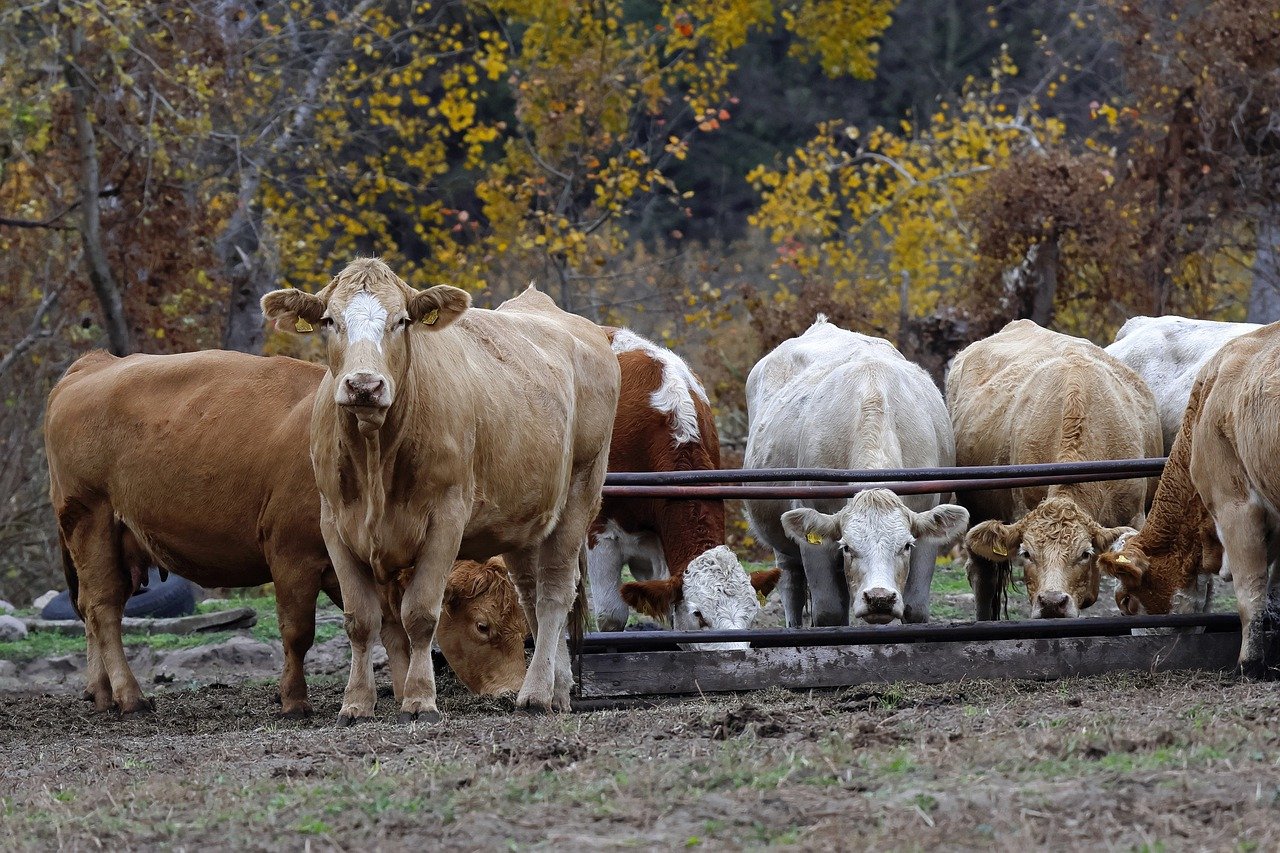In a significant move to fortify the nation’s biosecurity measures and uphold the integrity of livestock trade, the United States Department of Agriculture (USDA) has implemented stringent regulations concerning Highly Pathogenic Avian Influenza (HPAI) testing in dairy cattle. Under this federal mandate, lactating dairy cattle are now subject to mandatory testing for HPAI prior to interstate relocation. This proactive measure aims to curb the spread of the virus and ensure the safety of both animal and human populations.
Effective as of April 29, this regulatory directive signifies a pivotal step in bolstering the nation’s defense against the potentially devastating impacts of HPAI outbreaks. By mandating comprehensive testing protocols specifically targeting lactating dairy cattle, the USDA is actively addressing a critical vulnerability within the livestock industry.
HPAI, more specifically avian influenza type A H5N1, poses a significant threat to animal health, agricultural stability, and public welfare. Given its potential to cause widespread morbidity and mortality among poultry and other avian species, the emergence of HPAI strains necessitates swift and decisive action to prevent further dissemination.
While the initial focus of this mandate is on lactating dairy cattle, the USDA emphasizes the potential for future adjustments to encompass other segments of the dairy cattle population. This adaptive approach underscores the evolving nature of scientific understanding regarding HPAI transmission dynamics and associated risks.
Central to the implementation of these enhanced testing protocols is the collaboration between federal agencies, state partners, and accredited veterinary laboratories. The National Animal Health Laboratory Network (NAHLN) plays a pivotal role in facilitating the timely and accurate testing of dairy cattle for HPAI, ensuring compliance with federal regulations and safeguarding interstate trade.
Furthermore, in addition to mandatory testing requirements, the USDA mandates stringent reporting protocols for all livestock. Laboratories and state veterinarians are obligated to report positive test results for influenza A in livestock, thereby facilitating the prompt implementation of containment measures and epidemiological investigations.
The urgency surrounding these regulatory measures is underscored by recent findings from the U.S. Food and Drug Administration (FDA), which confirmed the presence of HPAI virus remnants in commercially available milk. This revelation, coupled with a higher prevalence of positive results in regions with infected herds, underscores the imperative for proactive surveillance and risk mitigation strategies.
As federal agencies and research partners continue to delve into the complexities of HPAI transmission dynamics and its implications for dairy cattle and other susceptible species, ongoing vigilance remains paramount. The USDA’s Animal and Plant Health Inspection Service (APHIS) has issued a federal order aimed at preventing the further spread of HPAI, underscoring the government’s commitment to proactive disease management and containment.
In conclusion, the implementation of enhanced HPAI testing protocols for lactating dairy cattle represents a crucial step towards safeguarding livestock health, preserving agricultural resilience, and mitigating public health risks. By prioritizing proactive surveillance and swift intervention, federal agencies are working in concert with stakeholders to mitigate the impact of HPAI outbreaks and uphold the integrity of the nation’s livestock industry.



